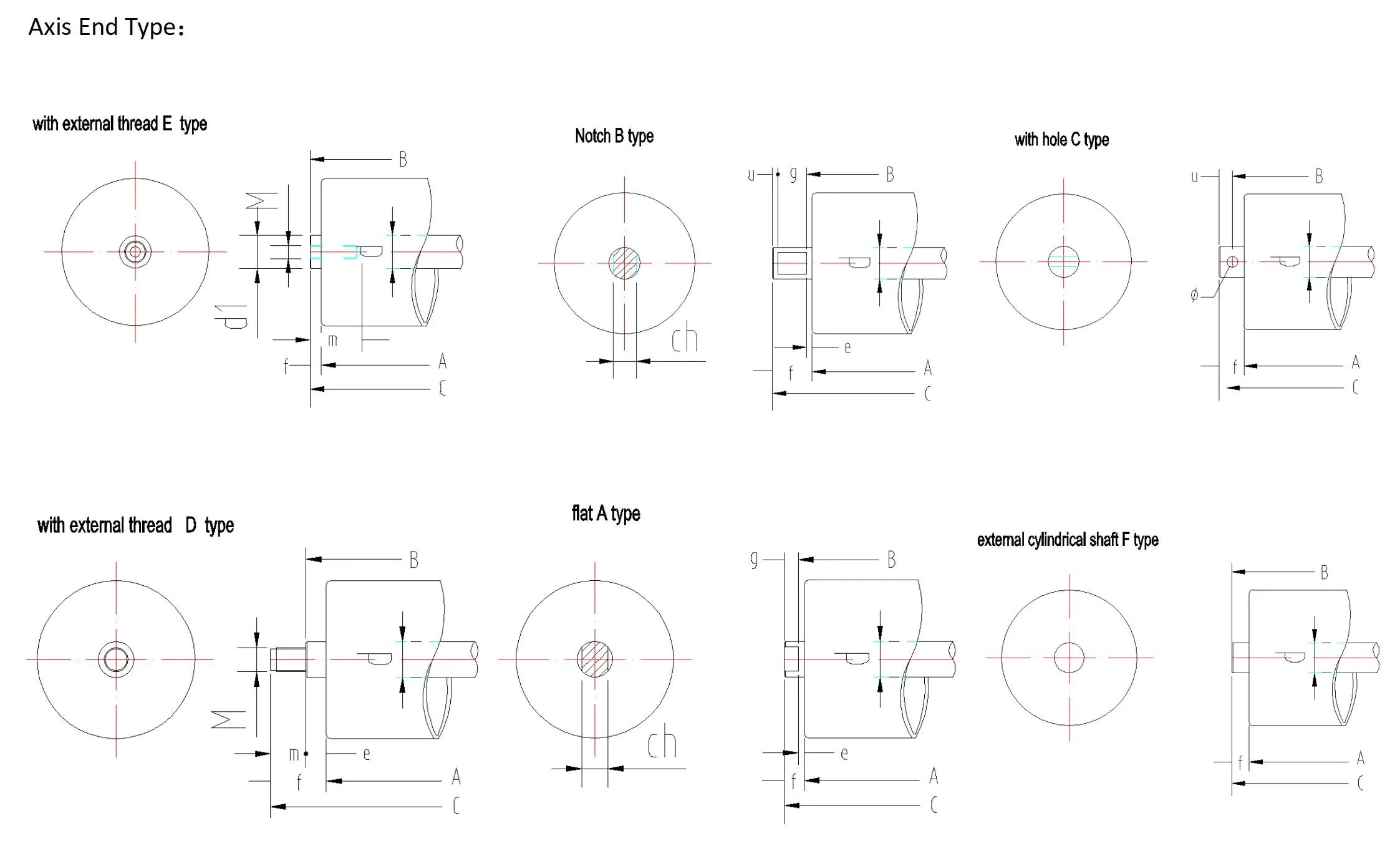 Afrikaans
Afrikaans  Albanian
Albanian  Amharic
Amharic  Arabic
Arabic  Armenian
Armenian  Azerbaijani
Azerbaijani  Basque
Basque  Belarusian
Belarusian  Bengali
Bengali  Bosnian
Bosnian  Bulgarian
Bulgarian  Catalan
Catalan  Cebuano
Cebuano  Corsican
Corsican  Croatian
Croatian  Czech
Czech  Danish
Danish  Dutch
Dutch  English
English  Esperanto
Esperanto  Estonian
Estonian  Finnish
Finnish  French
French  Frisian
Frisian  Galician
Galician  Georgian
Georgian  German
German  Greek
Greek  Gujarati
Gujarati  Haitian Creole
Haitian Creole  hausa
hausa  hawaiian
hawaiian  Hebrew
Hebrew  Hindi
Hindi  Miao
Miao  Hungarian
Hungarian  Icelandic
Icelandic  igbo
igbo  Indonesian
Indonesian  irish
irish  Italian
Italian  Japanese
Japanese  Javanese
Javanese  Kannada
Kannada  kazakh
kazakh  Khmer
Khmer  Rwandese
Rwandese  Korean
Korean  Kurdish
Kurdish  Kyrgyz
Kyrgyz  Lao
Lao  Latin
Latin  Latvian
Latvian  Lithuanian
Lithuanian  Luxembourgish
Luxembourgish  Macedonian
Macedonian  Malgashi
Malgashi  Malay
Malay  Malayalam
Malayalam  Maltese
Maltese  Maori
Maori  Marathi
Marathi  Mongolian
Mongolian  Myanmar
Myanmar  Nepali
Nepali  Norwegian
Norwegian  Norwegian
Norwegian  Occitan
Occitan  Pashto
Pashto  Persian
Persian  Polish
Polish  Portuguese
Portuguese  Punjabi
Punjabi  Romanian
Romanian  Russian
Russian  Samoan
Samoan  Scottish Gaelic
Scottish Gaelic  Serbian
Serbian  Sesotho
Sesotho  Shona
Shona  Sindhi
Sindhi  Sinhala
Sinhala  Slovak
Slovak  Slovenian
Slovenian  Somali
Somali  Spanish
Spanish  Sundanese
Sundanese  Swahili
Swahili  Swedish
Swedish  Tagalog
Tagalog  Tajik
Tajik  Tamil
Tamil  Tatar
Tatar  Telugu
Telugu  Thai
Thai  Turkish
Turkish  Turkmen
Turkmen  Ukrainian
Ukrainian  Urdu
Urdu  Uighur
Uighur  Uzbek
Uzbek  Vietnamese
Vietnamese  Welsh
Welsh  Bantu
Bantu  Yiddish
Yiddish  Yoruba
Yoruba  Zulu
Zulu Exploring the Importance and Functionality of Belt ConveyorIdlers in Material Handling Systems
Understanding Belt Conveyor Idlers Their Importance and Functionality
Belt conveyor systems are crucial in various industries, from mining and manufacturing to agriculture and logistics. At the heart of these systems is the idler—a seemingly simple yet indispensable component that ensures the smooth operation and efficiency of belt conveyors. This article delves into the function, types, and maintenance of belt conveyor idlers, highlighting their importance in industrial applications.
What are Belt Conveyor Idlers?
Belt conveyor idlers are cylindrical rollers that support the conveyor belt and assist in its movement over the conveyor system. Positioned at various intervals along the length of the conveyor, these idlers play a pivotal role in reducing friction and facilitating the transport of materials. By supporting the belt and distributing the load more evenly, idlers prevent the belt from sagging and reduce the risk of wear and tear, ultimately extending the lifespan of the conveyor system.
Types of Belt Conveyor Idlers
There are several types of idlers used in belt conveyor systems, each designed for specific operational requirements
1. Carrier Idlers These are the most common type and provide support to the conveyor belt along its carrying side. They are typically arranged in a series and are designed to accommodate the weight of the materials being transported.
2. Return Idlers Positioned on the return side of the conveyor, these idlers help guide the belt back to the loading point. They prevent the belt from wandering off track and ensure its proper alignment.
3. Impact Idlers These idlers are used in areas where heavy materials are loaded onto the conveyor belt. They are designed to absorb the shock of falling materials, protecting both the belt and the structure of the conveyor system from damage.
4. Training Idlers Also known as alignment idlers, training idlers are used to control the alignment of the conveyor belt. They help steer the belt and prevent it from drifting off course.
belt conveyor idlers

5. Specialty Idlers These include designs such as troughing idlers, which form a “V” shape to hold bulk materials, and self-cleaning idlers, which help prevent material build-up on the idler surface.
Importance of Idlers in Conveyor Systems
The significance of idlers cannot be overstated. Their primary functions include
- Load Support By distributing weight evenly across the belt, idlers reduce stress on both the belt and the conveyor structure.
- Friction Reduction Idlers minimize friction between the belt and conveyor framework, which helps in conserving energy and increasing the efficiency of the system.
- Belt Alignment Properly aligned idlers help maintain the correct path of the conveyor belt, which is crucial for preventing material spillages and ensuring safe operation.
- Maintenance of Equipment Well-designed idlers contribute to the overall longevity of the conveyor system. They reduce wear on critical components, resulting in lower maintenance costs and less downtime.
Maintenance of Belt Conveyor Idlers
Regular maintenance of idlers is essential to ensure efficient performance. Regular inspections should be conducted to check for signs of wear, misalignment, and other potential issues. Lubrication of bearings and replacement of worn-out idlers can greatly enhance the operational reliability of the conveyor system.
In conclusion, belt conveyor idlers may be small components in the grand scheme of conveyor systems, but their impact is significant. By understanding their types, functions, and maintenance requirements, industries can improve the efficiency of their conveyor systems and ensure safer, more reliable operations. Investing in high-quality idlers and maintaining them properly is crucial for any operation relying on conveyor technology.
-
Revolutionizing Conveyor Reliability with Advanced Rubber Lagging PulleysNewsJul.22,2025
-
Powering Precision and Durability with Expert Manufacturers of Conveyor ComponentsNewsJul.22,2025
-
Optimizing Conveyor Systems with Advanced Conveyor AccessoriesNewsJul.22,2025
-
Maximize Conveyor Efficiency with Quality Conveyor Idler PulleysNewsJul.22,2025
-
Future-Proof Your Conveyor System with High-Performance Polyurethane RollerNewsJul.22,2025
-
Driving Efficiency Forward with Quality Idlers and RollersNewsJul.22,2025





























